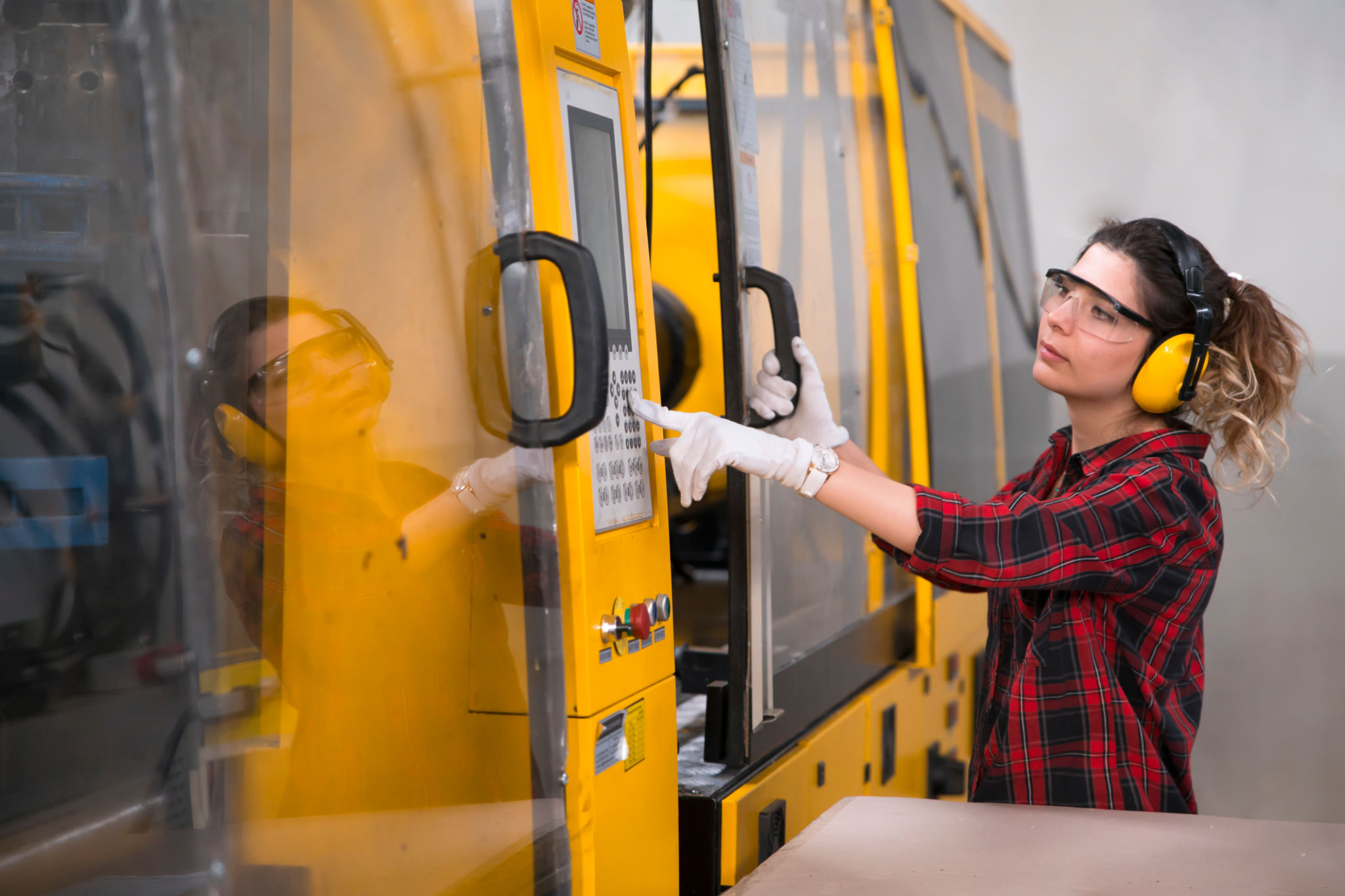Expert Guide to Optimizing 巡检机器人 Deployment for Maximum ROI
Understanding the Potential of 巡检机器人
巡检机器人, or inspection robots, have significantly transformed the way industries approach maintenance and operational efficiency. These robots are designed to perform routine inspections in environments where human presence might be risky or less efficient. By leveraging advanced technologies such as AI and machine learning, these robots can detect anomalies, predict failures, and ensure that operations run smoothly.
However, simply deploying these robots is not enough to guarantee a return on investment (ROI). Companies must optimize their deployment strategies to fully harness the capabilities of 巡检机器人 and achieve maximum benefits.

Key Considerations for Deployment
Identify Specific Needs and Objectives
Before deploying 巡检机器人, it's crucial to identify the specific needs and objectives of your operations. Determine the areas where these robots can add the most value. This could be in remote monitoring, hazardous environment inspections, or routine maintenance checks. Clearly defining these objectives will guide the deployment strategy and ensure alignment with business goals.
Customize Robot Functions
Not all inspection robots are created equal. Customizing their functions to suit your operational requirements is essential. This involves configuring sensors, programming routes, and integrating data analytics tools that provide actionable insights. Tailoring these aspects ensures that the robots operate at peak efficiency, thereby enhancing ROI.

Streamlining Operations with Data Integration
Leverage Real-Time Data
The data collected by 巡检机器人 is invaluable for proactive maintenance strategies. By integrating this data with existing management systems, businesses can gain real-time insights into equipment health and performance. This facilitates early detection of potential issues, reducing downtime and maintenance costs.
Utilize Predictive Analytics
Incorporating predictive analytics into robot operations can further optimize ROI. By analyzing historical data patterns, businesses can predict equipment failures before they occur. This shift from reactive to proactive maintenance minimizes disruptions and extends the lifespan of machinery.

Training and Support
Invest in Staff Training
For a smooth transition to robot-assisted operations, investing in staff training is crucial. Employees should be educated on how to operate and interact with 巡检机器人 effectively. This not only enhances operational efficiency but also fosters a culture of innovation within the organization.
Ensure Ongoing Support
Continuous support from robot manufacturers or service providers ensures that any technical issues are swiftly addressed. Regular updates and maintenance checks keep the robots functioning optimally, safeguarding your investment over time.
Measuring Success
Finally, establishing key performance indicators (KPIs) is essential for measuring the success of your 巡检机器人 deployment. Track metrics such as downtime reduction, cost savings, and process improvements to assess the impact on your bottom line. Regularly reviewing these KPIs will help in refining strategies and maximizing ROI.
By following these expert guidelines, businesses can ensure that their investment in 巡检机器人 translates into tangible benefits, driving efficiency and profitability across their operations.
